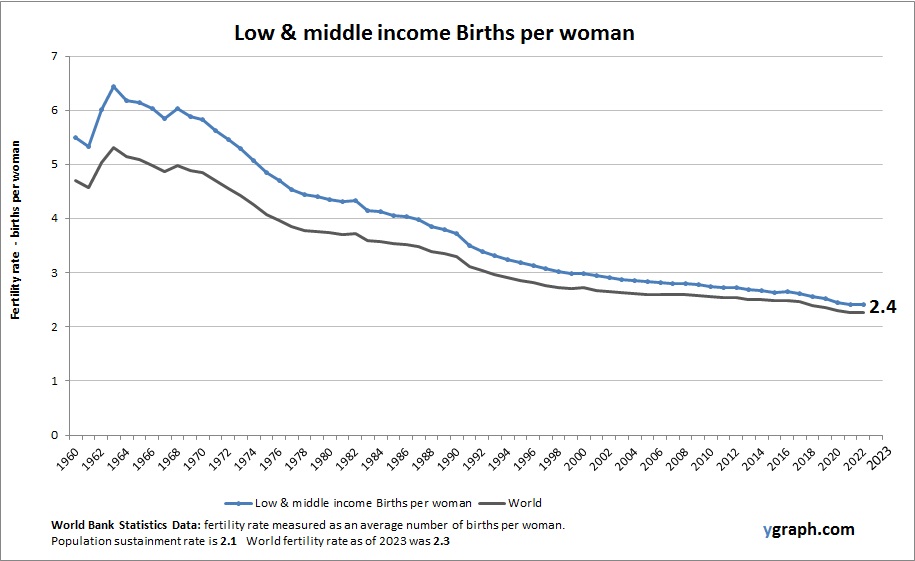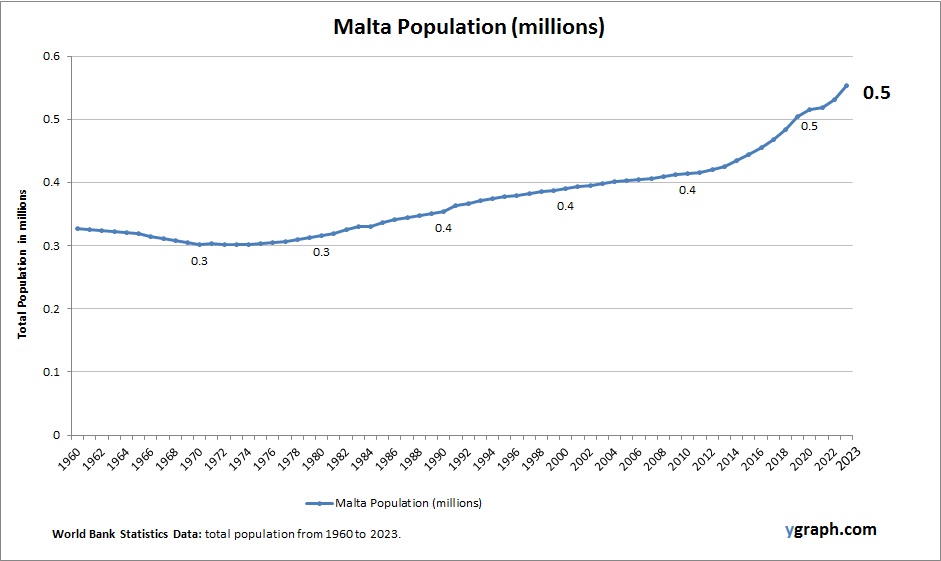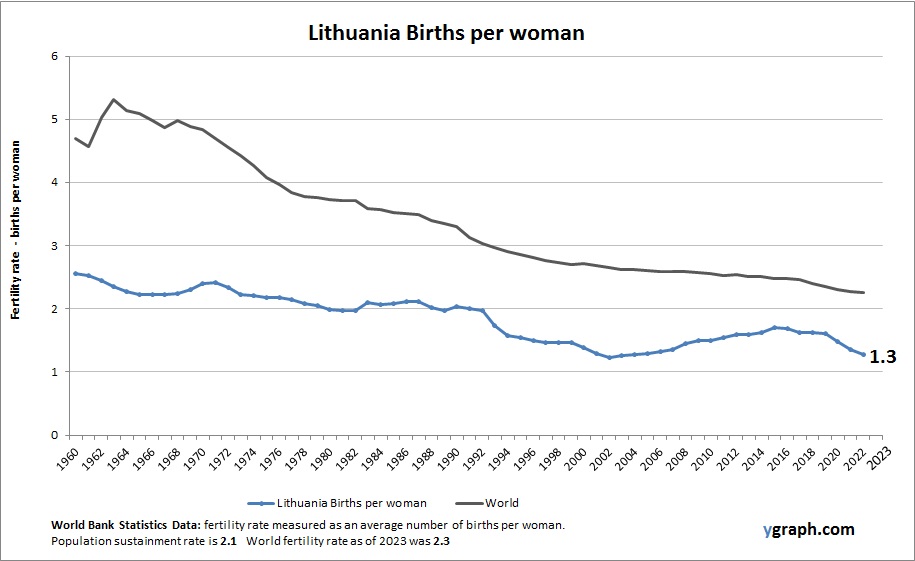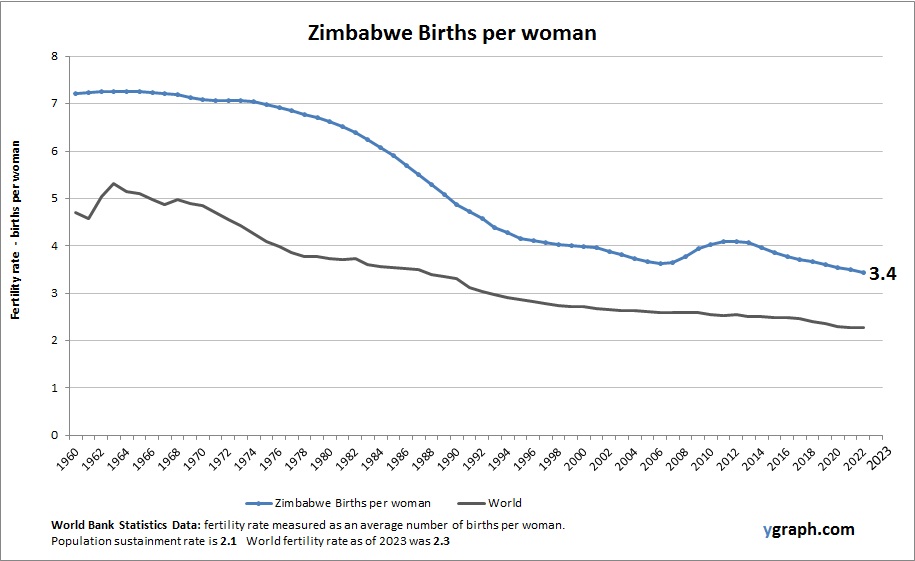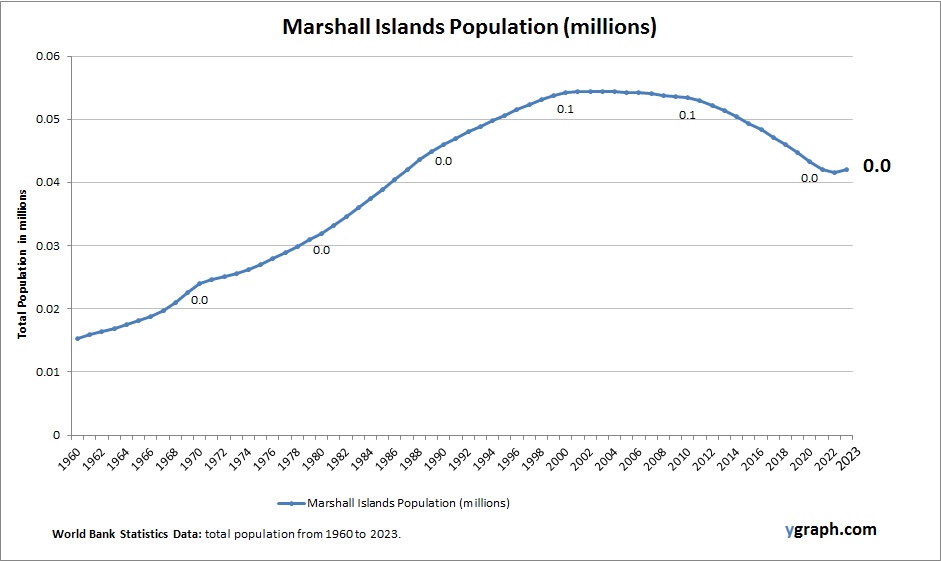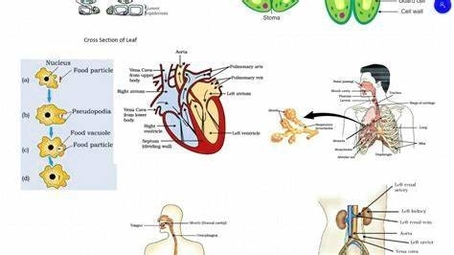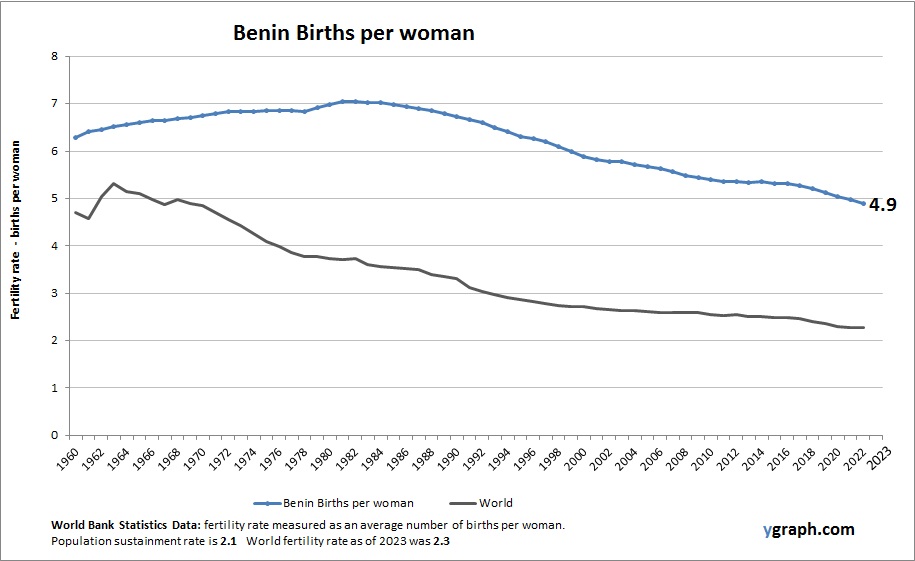Chart above demonstrates Low & middle income Births per woman. World Bank is the source of this birth data. Based on the latest demographics info provided for Low & middle income.
Low and middle income countries generally have higher fertility rates than high income countries, although rates are declining as economic development and education improve. Population growth remains strong, especially in rural areas, but urbanization and increased access to reproductive health services are driving demographic transitions toward smaller family sizes.
